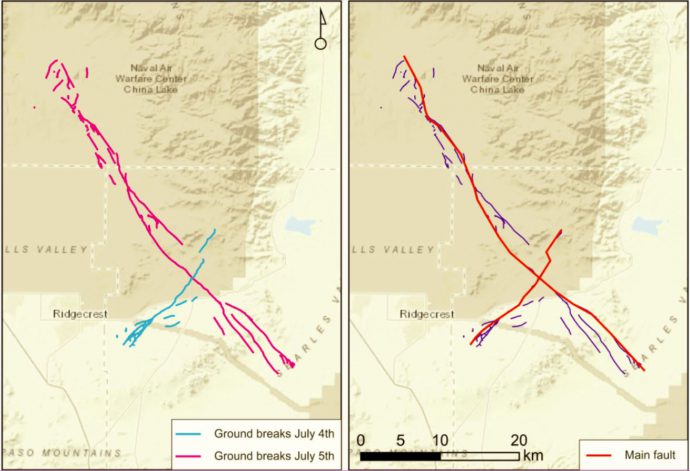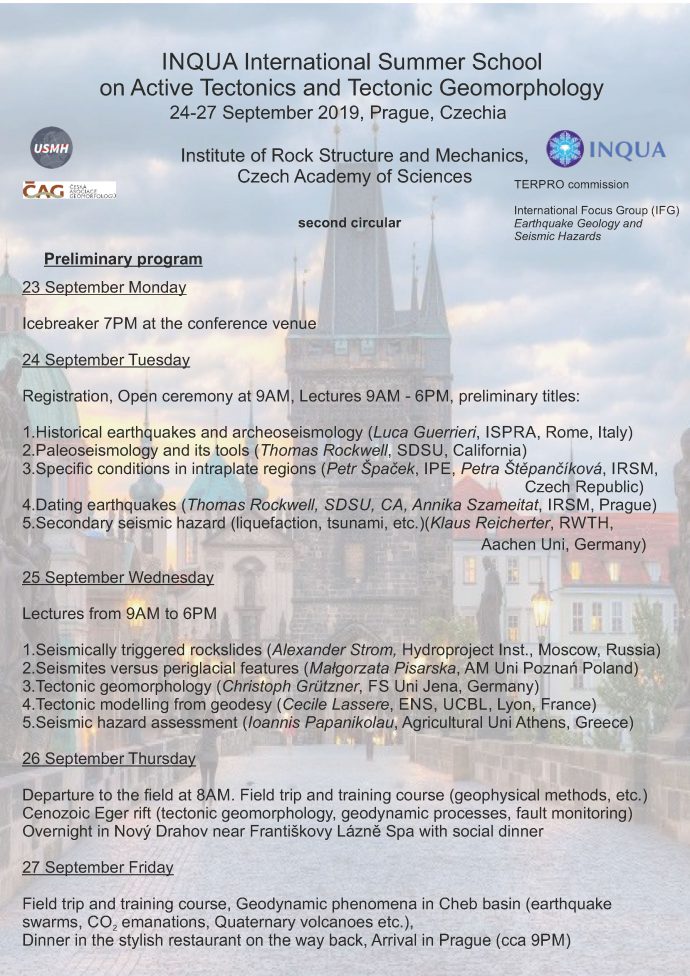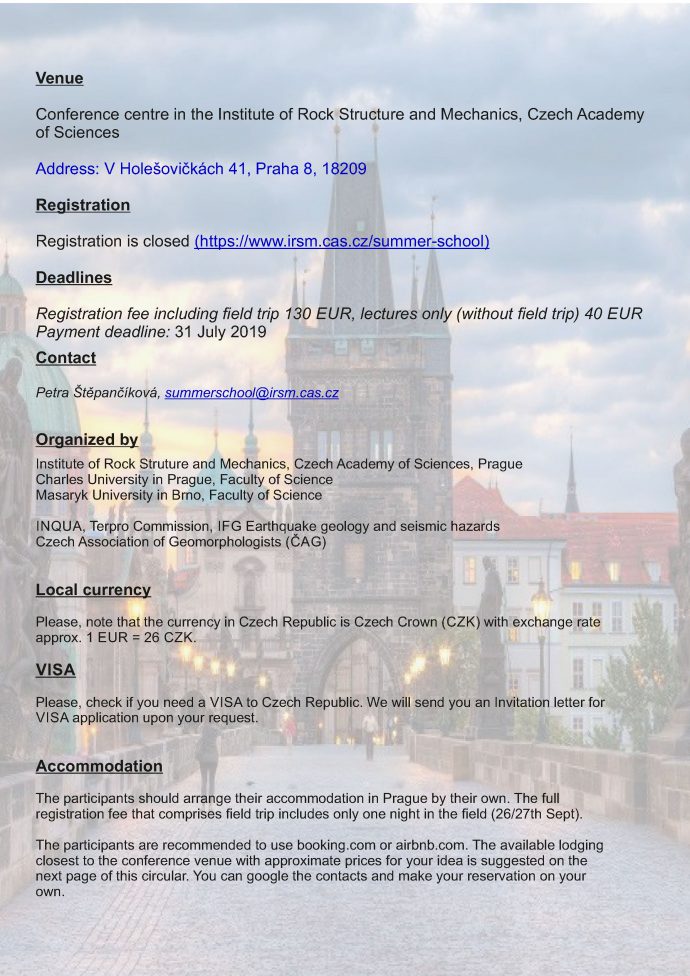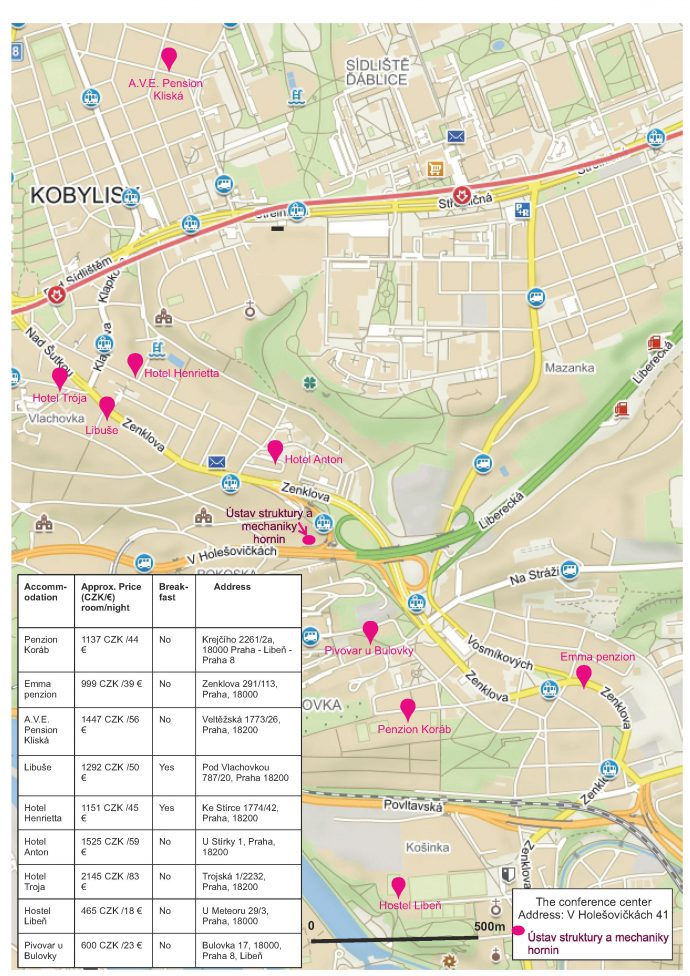The Department of Earth Sciences at the University of Oxford is currently recruiting a PDRA in Active Tectonics Research:
We seek to appoint a Postdoctoral Research Assistant to work closely with Professor Richard Walker as part of a broader consortium in the NERC-funded ‘Looking Into the Continents from Space’ project, whose principal aim is to provide insights into earthquake hazard and crustal deformation through the application of a range of remote-sensing, field-based, seismological, and modelling approaches. The post is co-funded by COMET, which is a world-leading centre for understanding tectonic and volcanic processes and hazards (comet.nerc.ac.uk). The PDRA will join a thriving group involved in remote-sensing and field-based research in the study of active faulting and natural hazards.
The post is based in the Department of Earth Sciences and will be overseen by Richard Walker, Barry Parsons and Philip England. The post will also involve close collaboration with scientists at the other partner institutions involved in COMET and LICS. The successful applicant will be responsible for the mapping and analysis of fault-based geomorphology using high-resolution satellite imagery and digital topography, supplemented with fieldwork in selected regions. The production of high-resolution digital topographic datasets through field-based, aerial, or satellite methods, forms an important component of the duties. They will also be expected to possess or to develop skills in measuring surface displacements through the matching of optical satellite imagery, and to support both tectonic and volcanic applications of high-resolution imagery and elevation data throughout COMET
Find more information here: https://my.corehr.com/pls/uoxrecruit/erq_jobspec_version_4.display_form?p_company=10&p_internal_external=E&p_display_in_irish=N&p_process_type=&p_applicant_no=&p_form_profile_detail=&p_display_apply_ind=Y&p_refresh_search=Y&p_recruitment_id=142106
or at the department website: https://www.earth.ox.ac.uk/vacancies/.
Application deadline is 9 September 2019.





